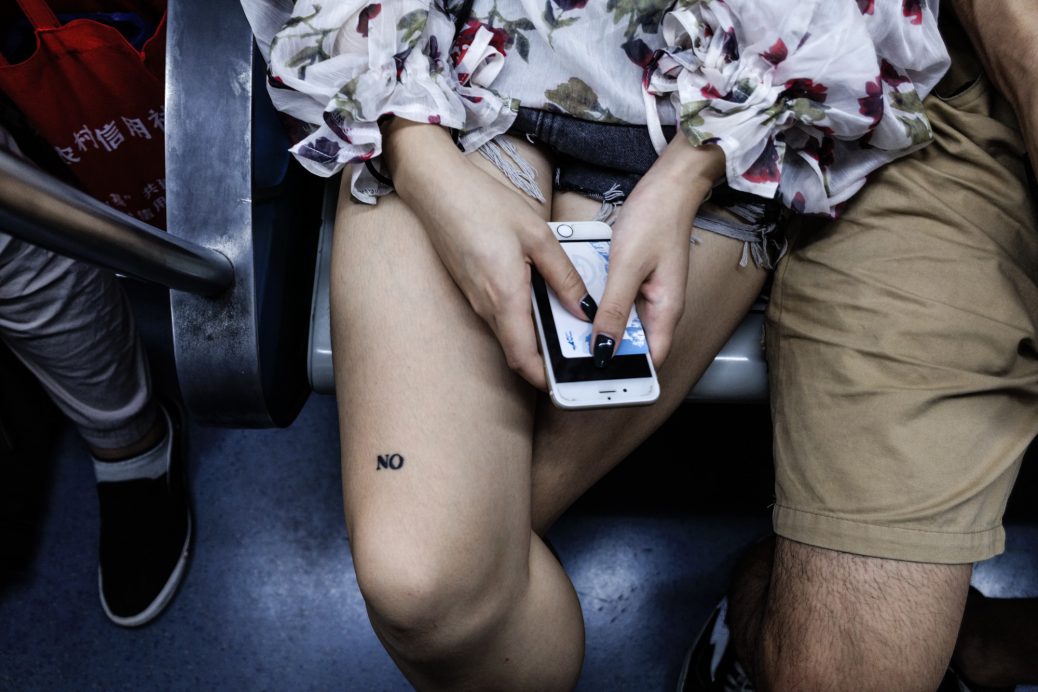Exibart Street Contest 2018 Finalists – Interview to Camilla Ferrari
Congratulations Camilla! You are one of the 11 finalists of the first Exibart Street Contest.
We received thousand of images from more than 100 countries all over the world, it’s an important result!
How do you feel about it?
I’m really honored and excited to have been chosen as one of the finalists for this competition. Thank you again for including my work in the selection!
In your bio, you define yourself a visual storyteller, can you tell us something more?
I see “visual storyteller” as a broader definition to describe the way I approach storytelling, which is mostly photography based, but there’s a big part of my practice that involves different media such as short videos (with or without sounds) which I consider more as moving images.
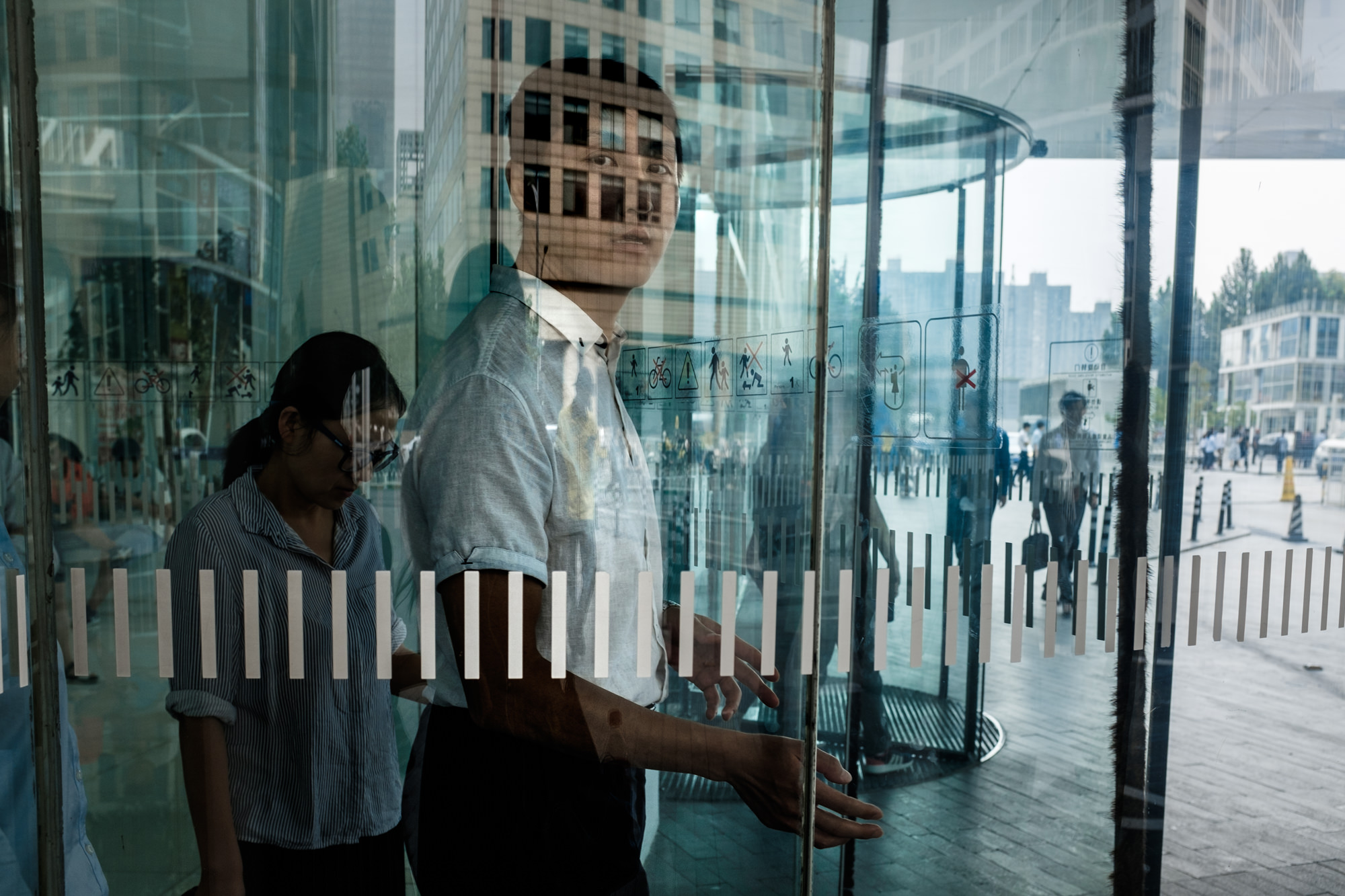
What led you to begin doing street photography in the first place?
When I first started photography I fell in love with landscape and the magnitude of nature. I escaped every form of human presence. I waited until no one was in the frame, and it is ironic how now I do the exact opposite, waiting for the actor to populate scene!
The game changer for me was a trip I did in Morocco in 2014, where I was advised to try and challenge myself to get closer to people. That’s when I realized that what I was fascinated and interested in was the relationship between human beings and their surroundings, and that’s when I discovered street photography.
How important are social media in your work?
Which one do you prefer and why?
Social media have a huge importance in my work.
I have a Facebook and Twitter accounts, which I use rarely. The main platform that I enjoy using is Instagram—especially Instagram stories, which have become a really important part of my photographic process.
I see Instagram as a personal publishing house, where you are free to experiment your visual language as well as to keep viewers updated on what you’re doing.
Instagram is also an incredible database for visual research and discovering new work from all over the world, which I find really fascinating and enriching.
“For me, there should be no woman photographer or man photographer, just photographers. For a long time women in photography didn’t have the voice they could have, and the exposure that their work deserved. Things are slowly but beautifully changing, and there are more and more talented women whose work is being recognized and shared with the public.”
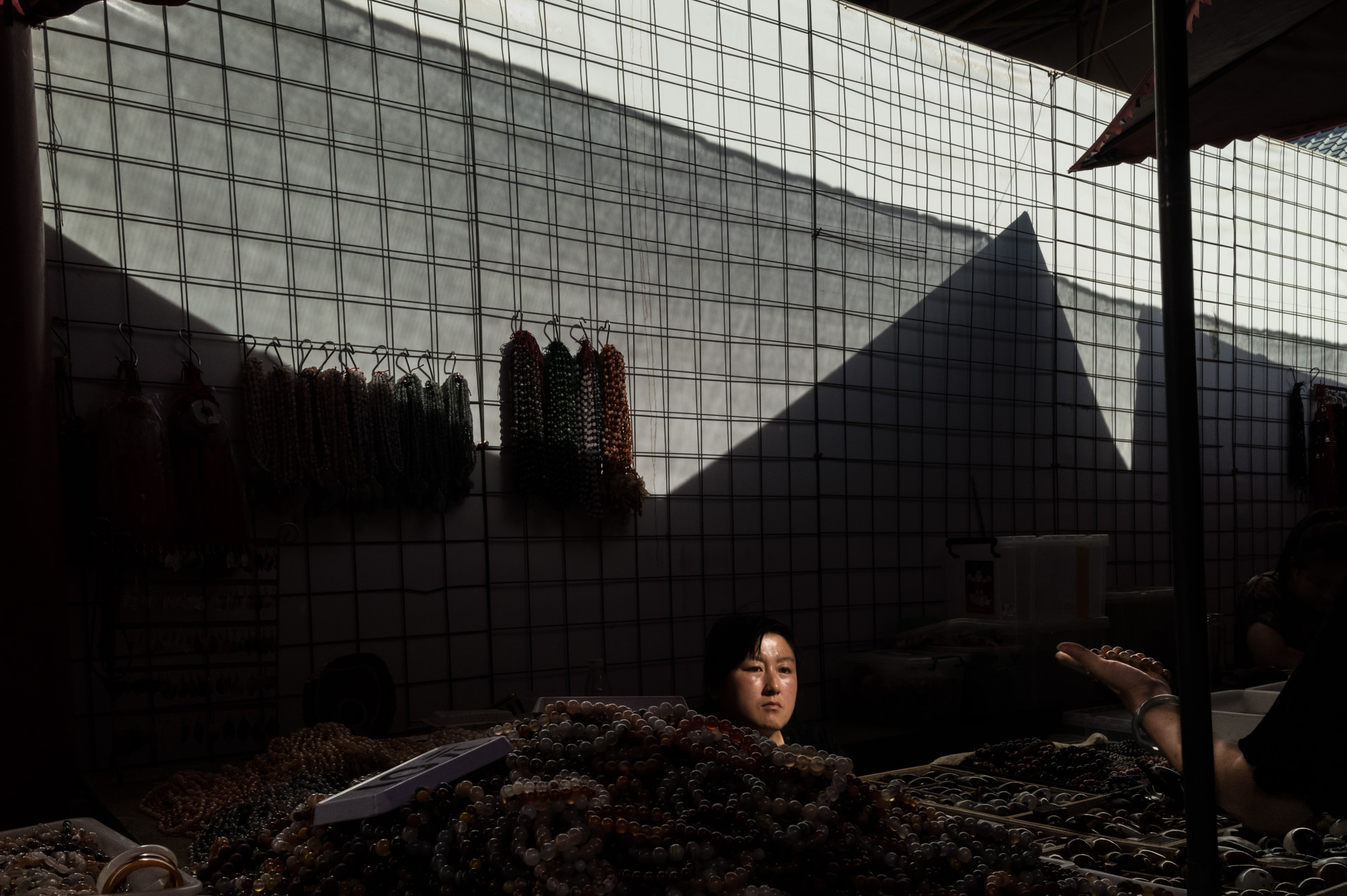
How would you define your photographic style?
Gentle.
What kind of equipment do you use and what role, in your opinion, does equipment have in street photography?
I use a Fuijfilm X-T2 with a 23mm f/2, which I find very useful since it is really small and light. I also use my iPhone and a small camera called DxO ONE, that you can attach to the iPhone.
For me, equipment does play a role meaning that having a discrete and light camera allows me to be more invisible and able to be patient and creative without worrying about the camera being too heavy, or not fast enough when I need it to be. Sometimes I stand still and wait for hours and having a small and intuitive camera helps me to think and focus only on the images I’m taking rather than focusing on technicalities.
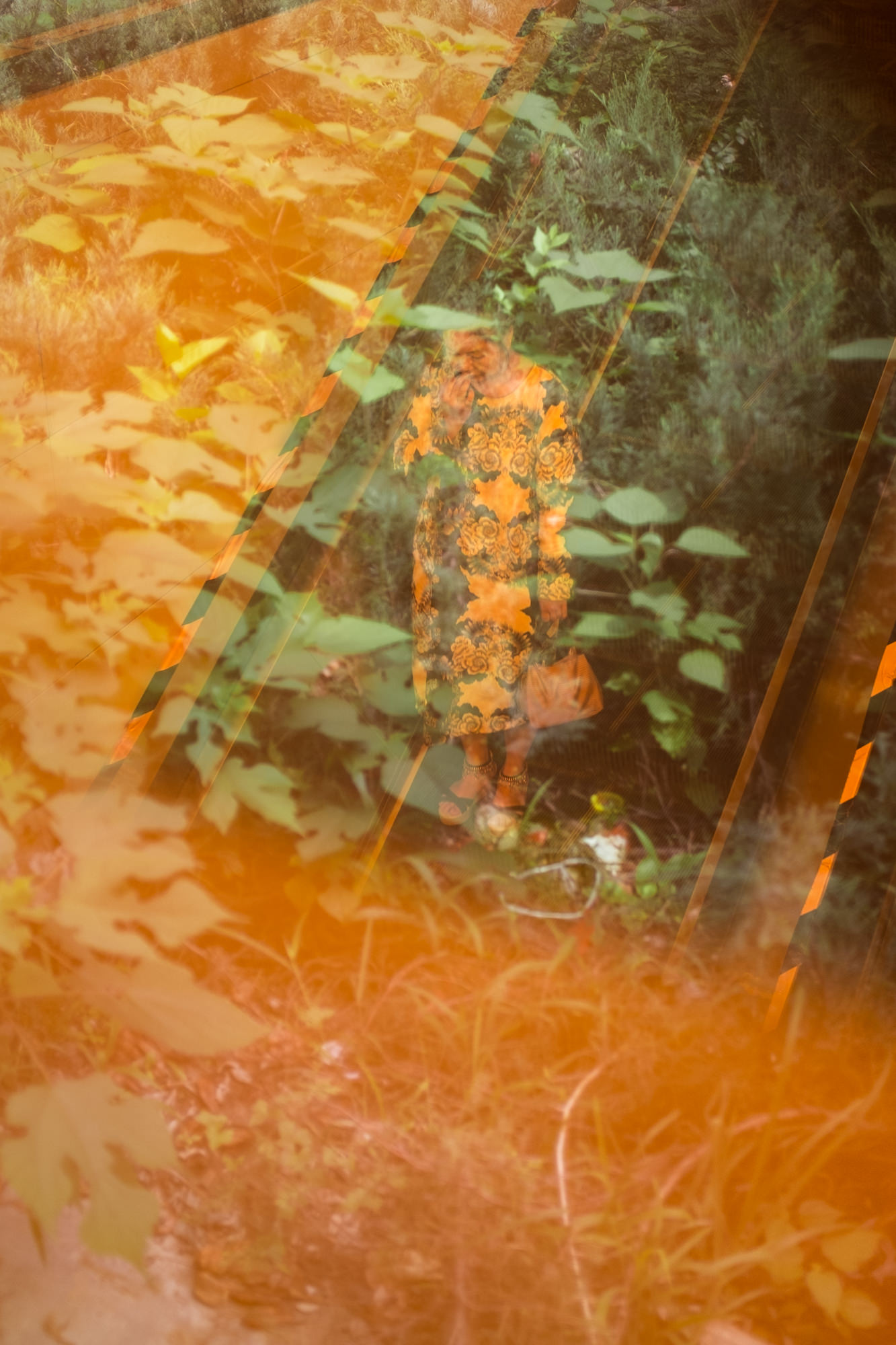
“I see Instagram as a personal publishing house, where you are free to experiment your visual language as well as to keep viewers updated on what you’re doing.
Instagram is also an incredible database for visual research and discovering new work from all over the world, which I find really fascinating and enriching.”
Have you ever studied at a photography school or are you a self-taught artist?
I was a self-taught photographer until after my graduation at university, when I decided to attend a two-year photography school in Milan, called Italian Institute of Photography.
Before that, I also attended a few workshops with the photographers I admired the most (Gueorgui Pinkhassov and John Stanmeyer, among others), and they have been incredibly fruitful experiences for my photographic education.
Your favorite lens.
I usually use the 35mm.
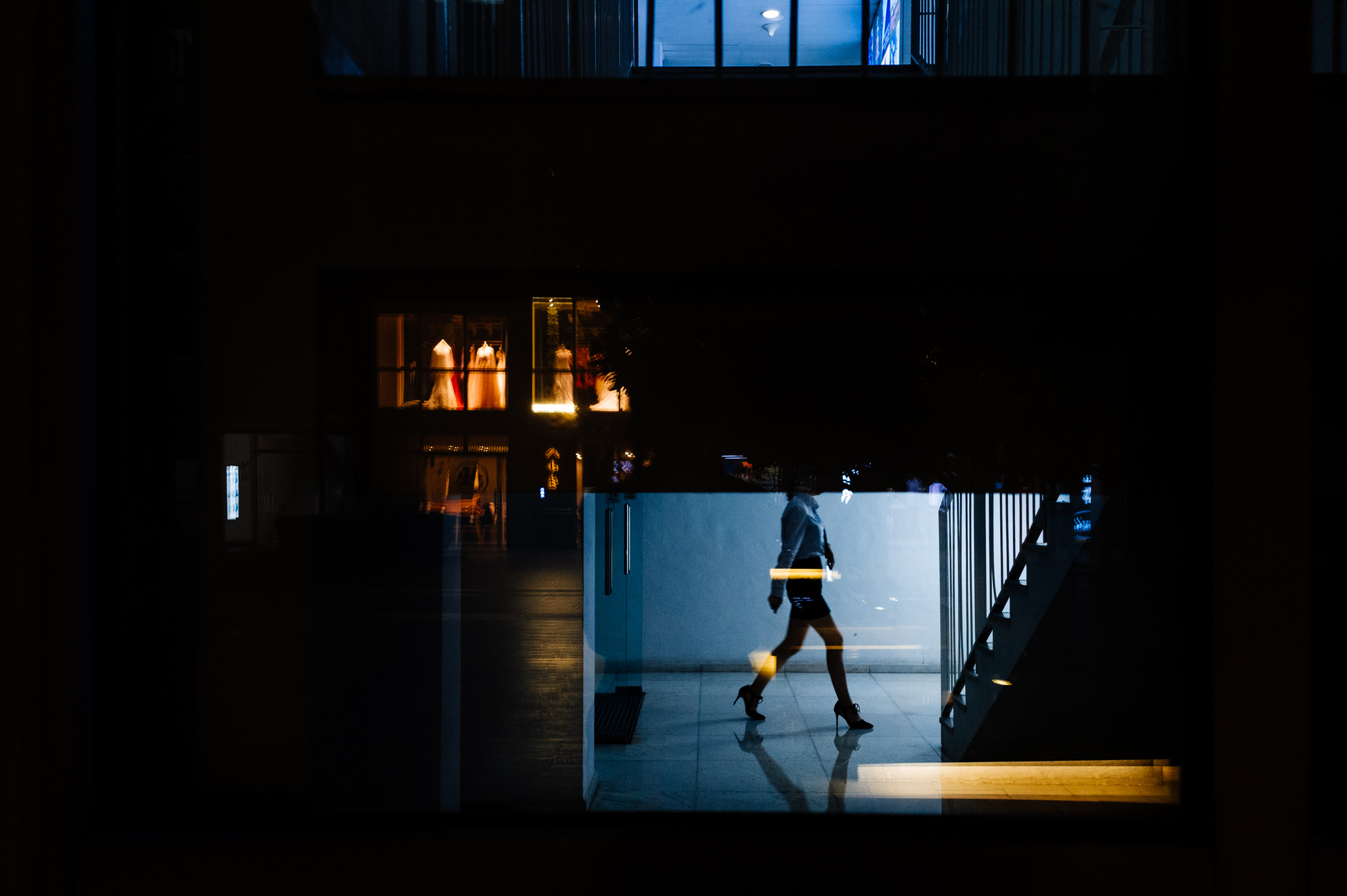
Do you ever do Street Photography with your smartphone?
All the time!
Analog or digital photography?
Digital photography, because it suits more the way I work. I’m fascinated by technology and how it shapes art and creativity, so I often find myself to be more creative when I photograph through digital systems.
Also, it may sound strange, but I mostly photograph without looking in the viewfinder, but through the screen—in this way, I am surrounded both visually and physically by the scene I’m photographing and I can be more in sync what what surrounds me.
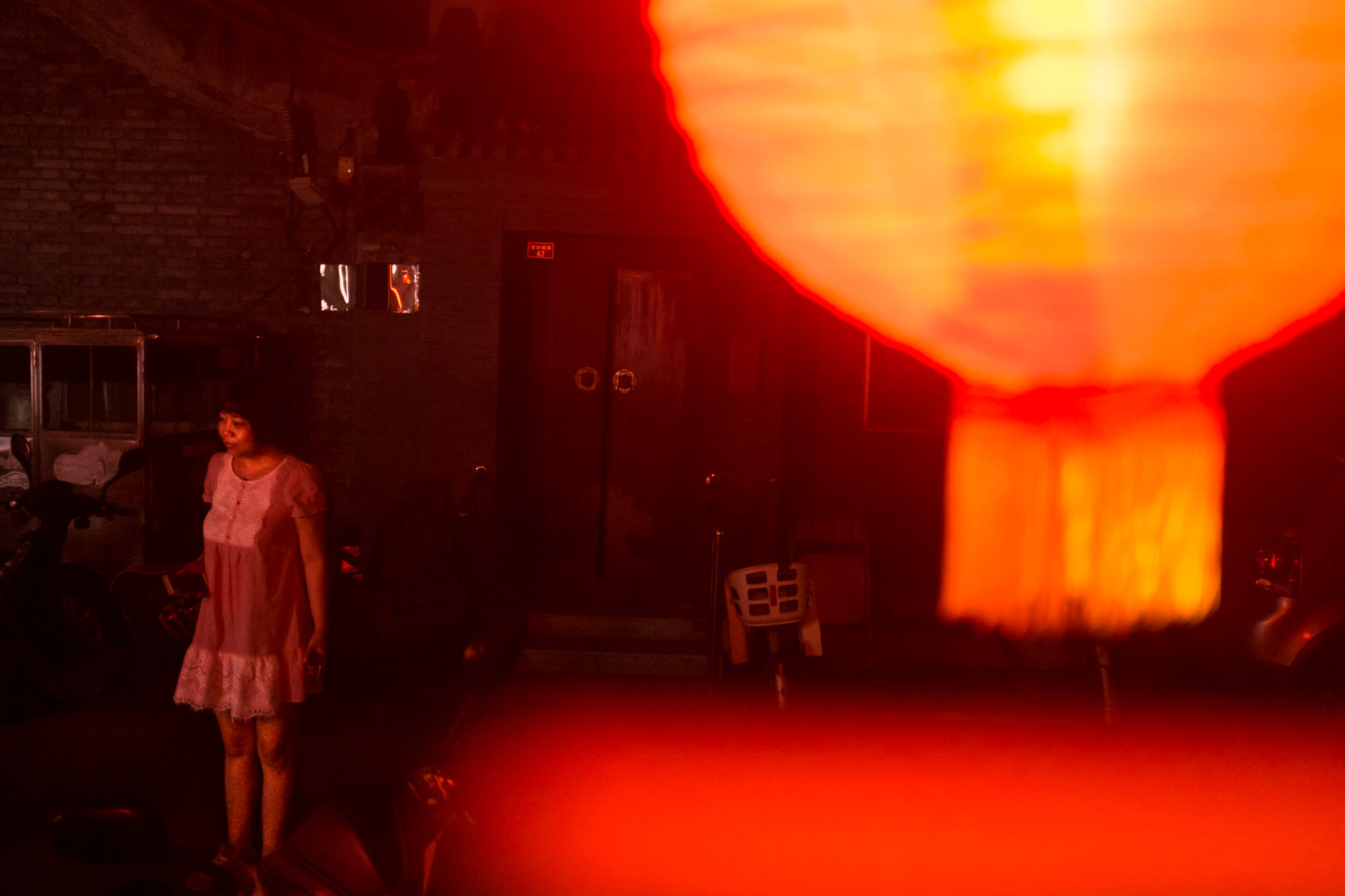
What, do you think, is the main reason why some photographers opt for film during the digital era we live in?
I think that choosing to photograph digitally or with film really depends on the main focus and aim of a project. The choice of the medium has to have a purpose.
Black and white or color?
Definitely color. Not—and not only—because that is how our eyes see, but because color can be deceitful and create ambiguity, adding another layer of complexity to the darkest shadows and brightest lights.
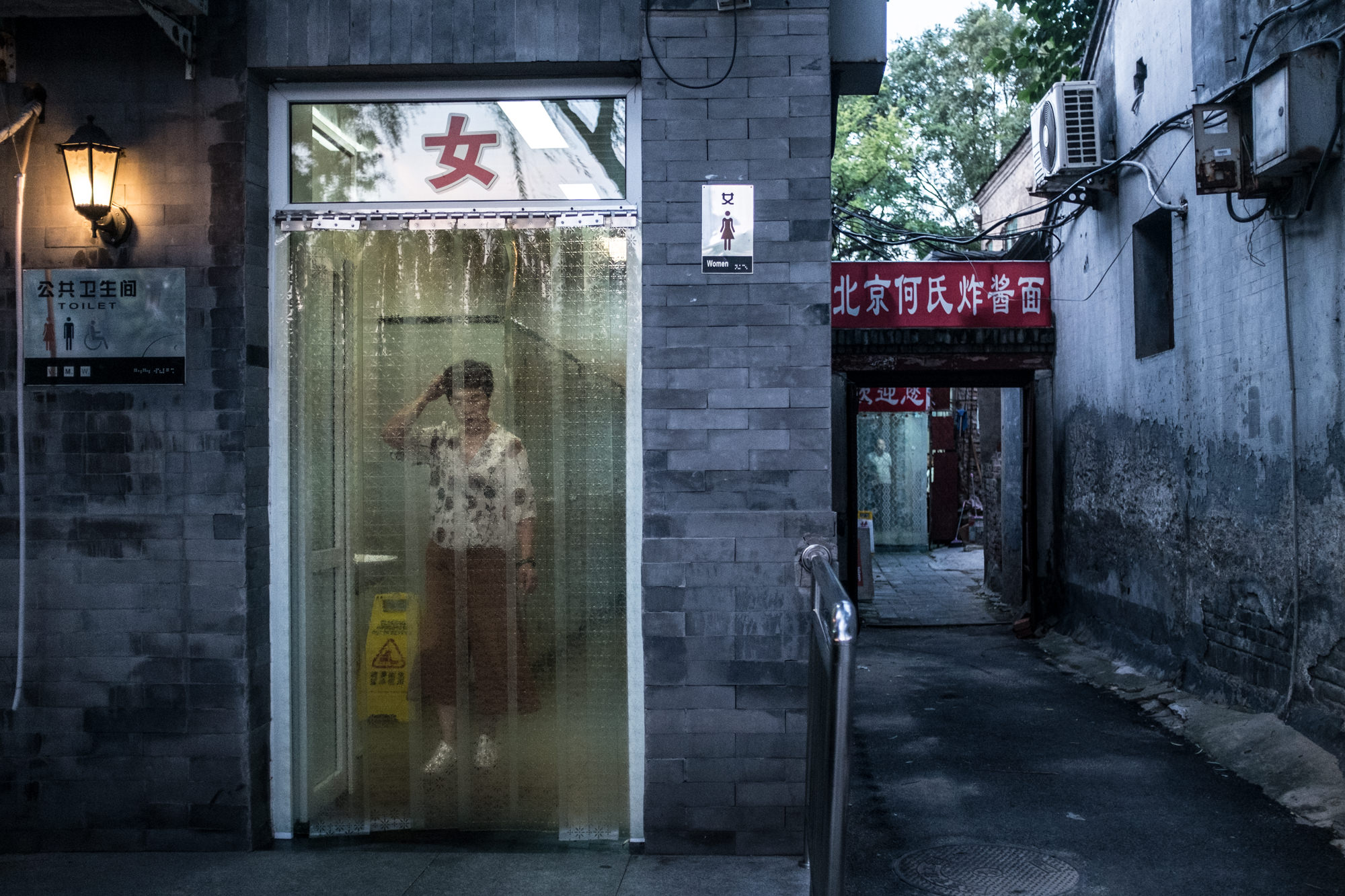
Is there a country or a city that you like to photograph more than others?
Beijing has been a really important place for me to photograph, but every country or city I go to has infinite stories to tell, it is a fascinating and challenging experience each time.
Which differences exist between the different countries you visited?
Rather than the differences between the countries, it’s interesting to see how we fluidly mix with the countries we experience, changing and creating a bond with the place we are in. The result is always different.
In the last couple of years street photography has grown a lot. What do you think is the reason for that?
I think social media has had a big impact, because of how fast we consume images, and how apparently fast street photography can be understood and read.
There are still few women photographers who try their hand at street photography successfully, in your opinion why?
I think there’s a bigger discussion to open about this question. For me, there should be no woman photographer or man photographer, just photographers. For a long time women in photography didn’t have the voice they could have, and the exposure that their work deserved. Things are slowly but beautifully changing, and there are more and more talented women whose work is being recognized and shared with the public. Can’t wait to see more…
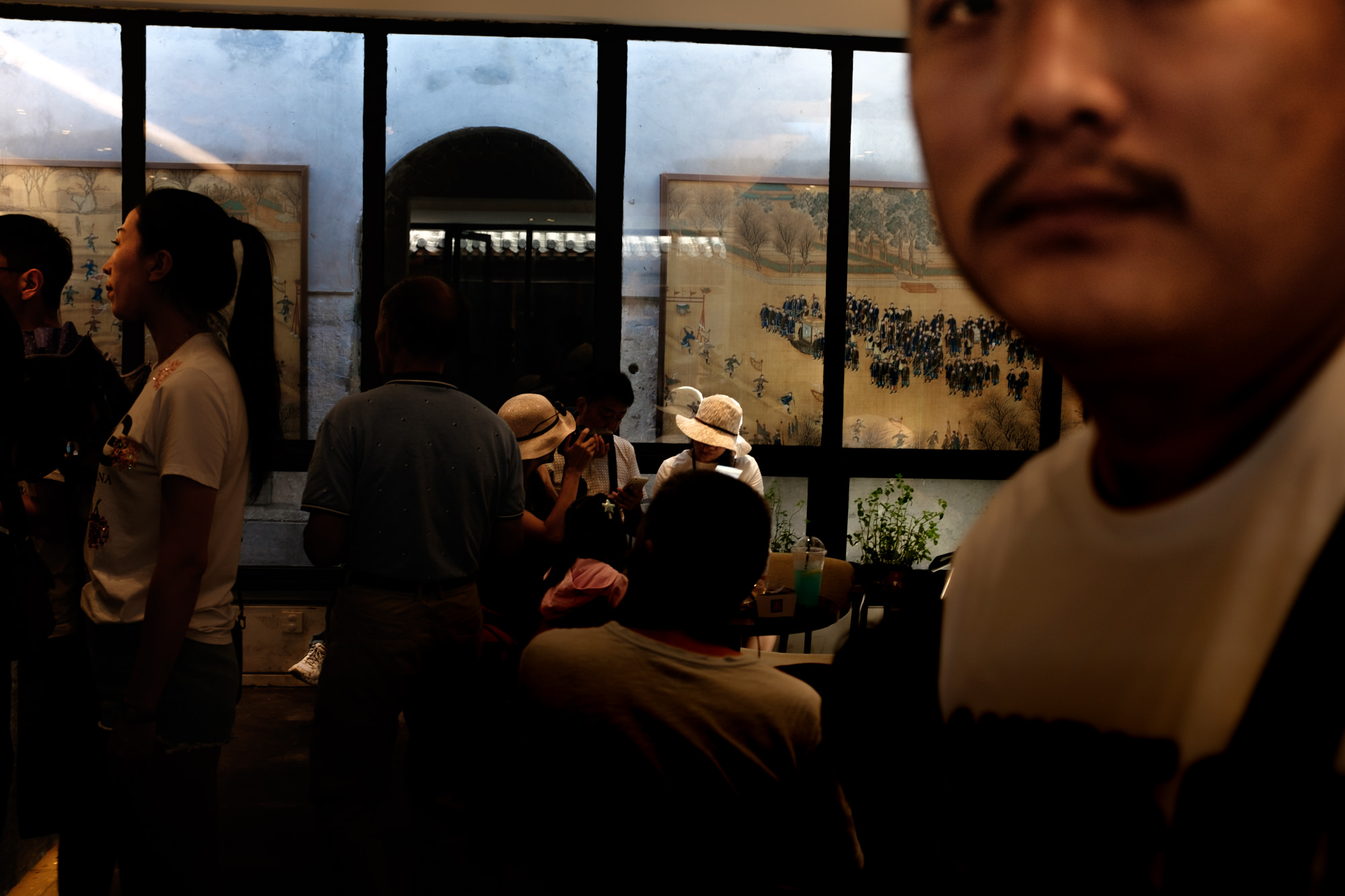
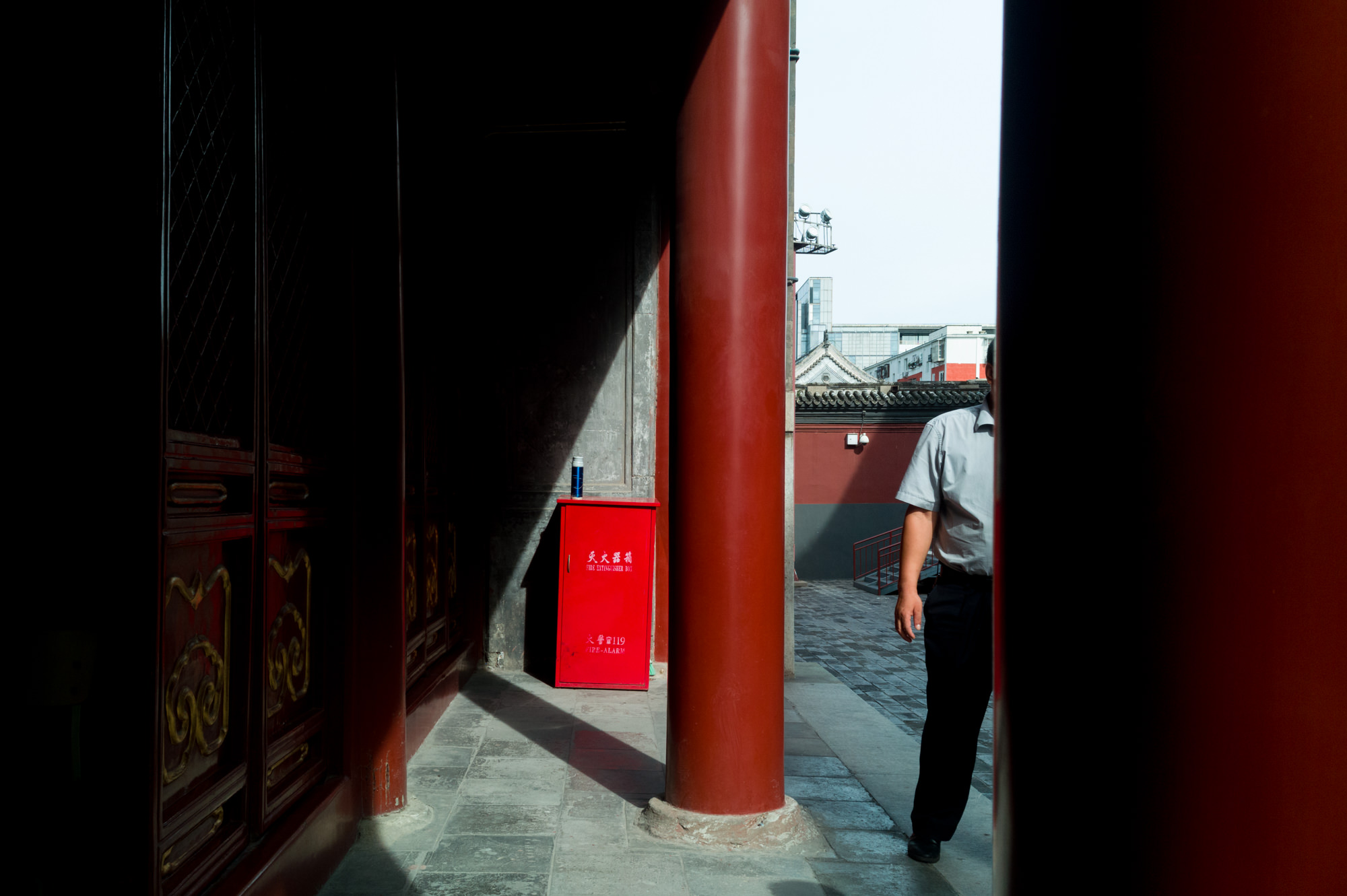
When you take photos, do you ever have a theme/project in mind?
Yes! I always have an idea of the concept or story I want to tell, although I never plan or envision what images I will take, because I’m fascinated by waiting for them to happen.
Are there any photographers or artists who inspired you or influenced your way of creating street photography?
Definitely. There’s one photographer in particular that really influenced me, which is Gueorgui Pinkhassov. His images always surprise me and fascinate me, because of his incredible ability to see the enchantment of the everyday, how he can elevate the banal to something surreal. Like a dream with your eyes open.
Are you currently working on any project?
Yes, I’m starting a research on a new project… stay tuned!
What advice would you give to someone who is starting to do street photography?
To be patient and curious, and to always think why you are photographing.
Thank you!
Thank you again for creating the contest and for supporting our work.
CAMILLA FERRARI BIOGRAPHY
Camilla Ferrari is an Italian visual storyteller based in Milan, Italy.
Her interest lies in the relationship between human beings and their surroundings, which she explores with a delicate voyeurism.
Her research is concerned with how social media have the power to enrich visual storytelling through the mix between videos and photographs. She expresses her observations also through Instagram stories, an active part of her practice.
Website: www.camillaferrari.com
Facebook: camillaferrariphoto
Instagram: @camillaferrariphoto

